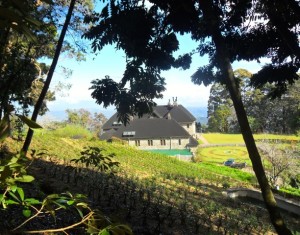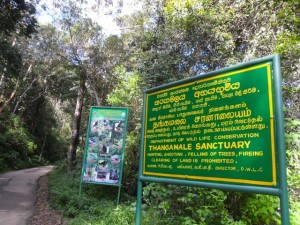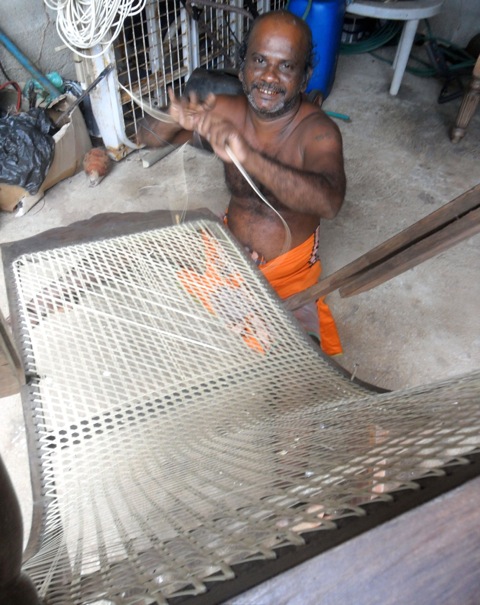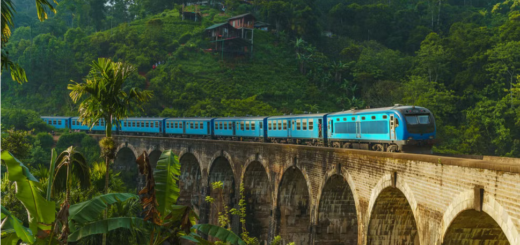Sri Lanka Roundabout (Number 1) – A Silent Sanctuary
by · Published · Updated
A weekly look at Sri Lanka for Jetwing by Royston Ellis
Greetings to Jetwingers around the world to this, the first of my weekly Jetwing newsletters about Sri Lanka.
A Silent Sanctuary
Sri Lanka is a country with so many things to do, see and enjoy, that a holiday here can never be boring. When you’re tired of soaking up the sun on the beach, you can check out the cultural sights and roaming elephants in the centre of the island, or head for the chilly hill country around Nuwara Eliya. My favourite hill country place to chill out, in every sense of the expression since the temperature drops alarmingly at night, is Haputale.
This small town, with its breath-taking view at 1,429m above sea level of the stippled hills and deep valleys running down to the south coast, is fun and friendly with constant climate changes. Just 3km from the town centre, up a road that winds through tea gardens and small hamlets, is Sri Lanka’s only stately home, called Adisham.
 Built in 1931 at the command of Sir Thomas Villiers, the black sheep of a distinguished British family (his grandfather was Lord John Russell, twice prime minister of Britain), who arrived in Ceylon in 1887 and found work on a tea plantation. He made a fortune in Ceylon and built Adisham (patterned on Tudor lines and named after the rectory where he was born) as evidence of his success, It is now a training centre of the Benedictine order.
Built in 1931 at the command of Sir Thomas Villiers, the black sheep of a distinguished British family (his grandfather was Lord John Russell, twice prime minister of Britain), who arrived in Ceylon in 1887 and found work on a tea plantation. He made a fortune in Ceylon and built Adisham (patterned on Tudor lines and named after the rectory where he was born) as evidence of his success, It is now a training centre of the Benedictine order.
Sir Thomas so liked the plateau on which he built his mansion, he devised a plan to retain its isolation and prevent anyone building close it. The story goes that he persuaded his compatriot, the British governor (1937-44), Sir Andrew Caldecott, to declare 323 acres (131ha) of forest around his home as a wildlife sanctuary. The plan worked; which is why this silent forest sanctuary – home to butterflies, birds including hornbills, flowers, pine and eucalyptus trees and squirrels, porcupine and deer – survives undisturbed.
 Entrance to the Sanctuary is from the footpath on the left side of the gate to Adisham. There is no fee to pay. The walk is easy following a gently rising path lined with pine needles atop the hillside, past tall, impressive trees providing shade. It is possible to hike the 3km trail to Idalgashina Railway Station, timing arrival there (allow two hours) to catch a train, departing at 11.28 or 14.00 back to Haputale, a journey of about 15 minutes.
Entrance to the Sanctuary is from the footpath on the left side of the gate to Adisham. There is no fee to pay. The walk is easy following a gently rising path lined with pine needles atop the hillside, past tall, impressive trees providing shade. It is possible to hike the 3km trail to Idalgashina Railway Station, timing arrival there (allow two hours) to catch a train, departing at 11.28 or 14.00 back to Haputale, a journey of about 15 minutes.
There are three trains a day from Colombo to Haputale, and the town is within three hours by road from Nuwara Eliya
Royston Ellis (www.roystonellis.com) is a British author resident in Sri Lanka since 1980.




